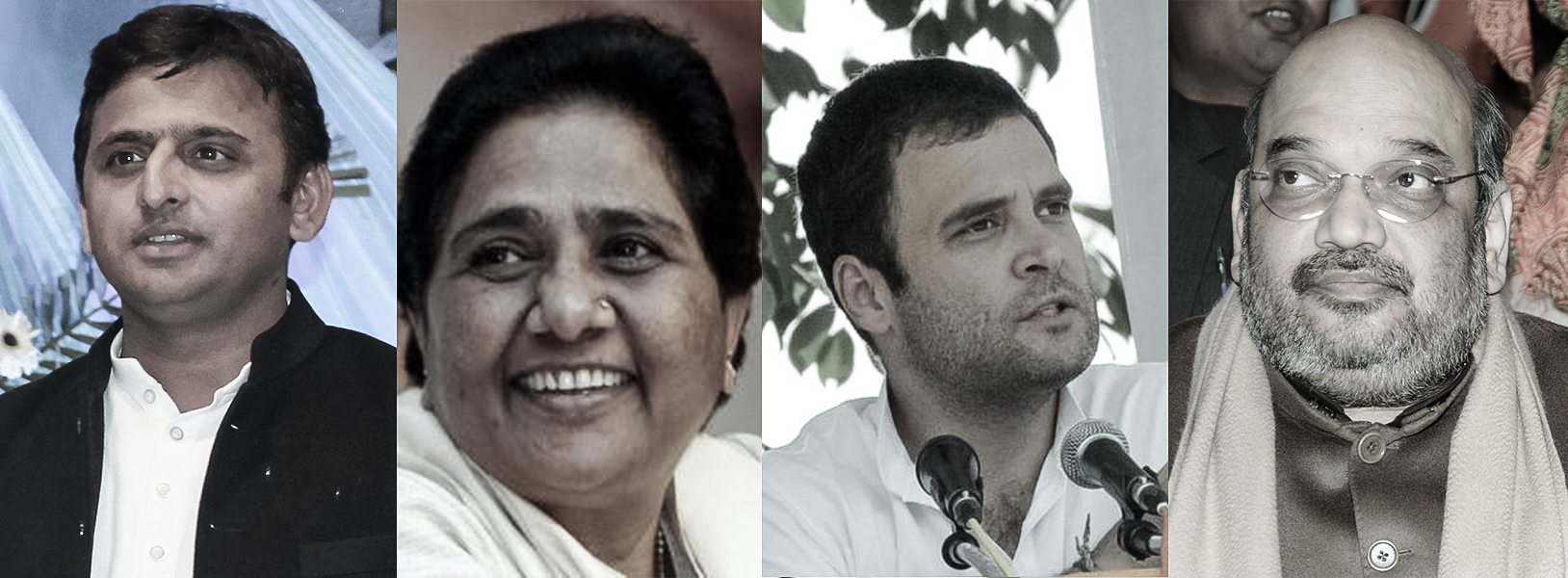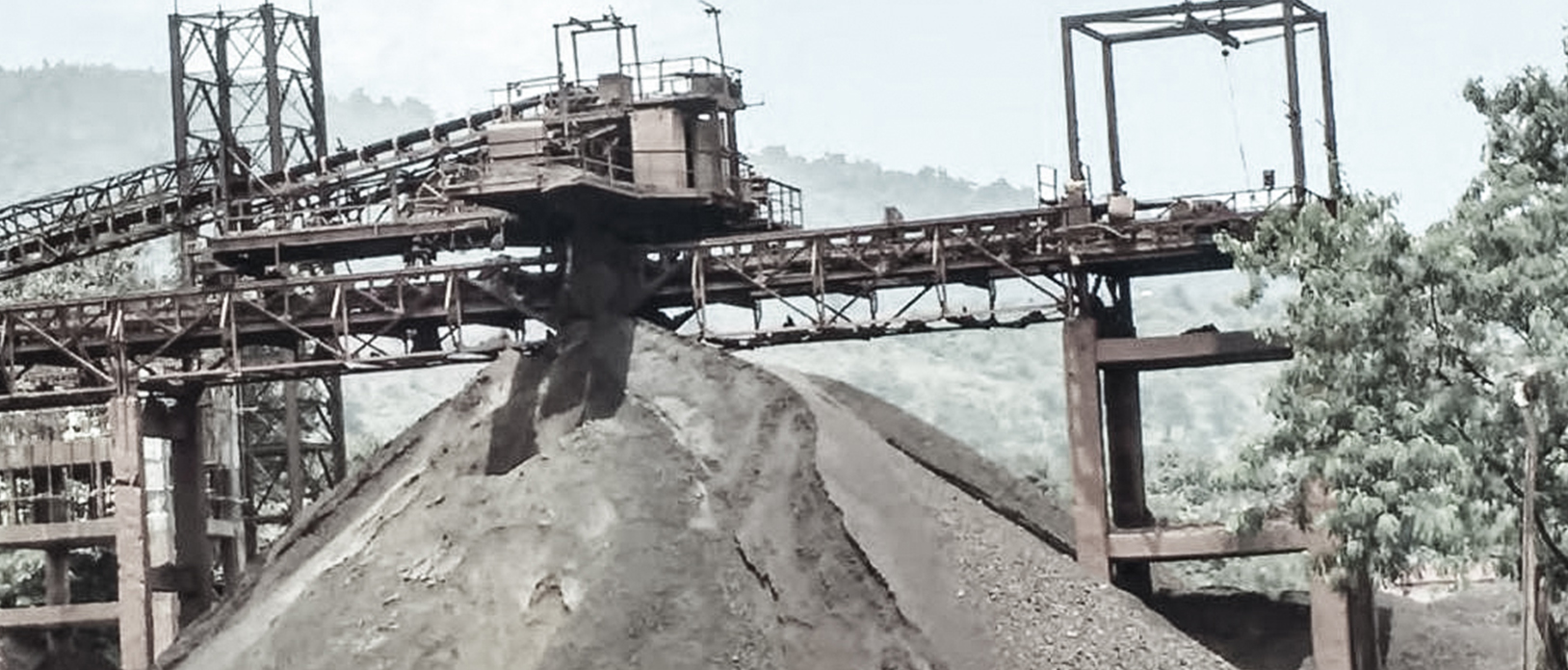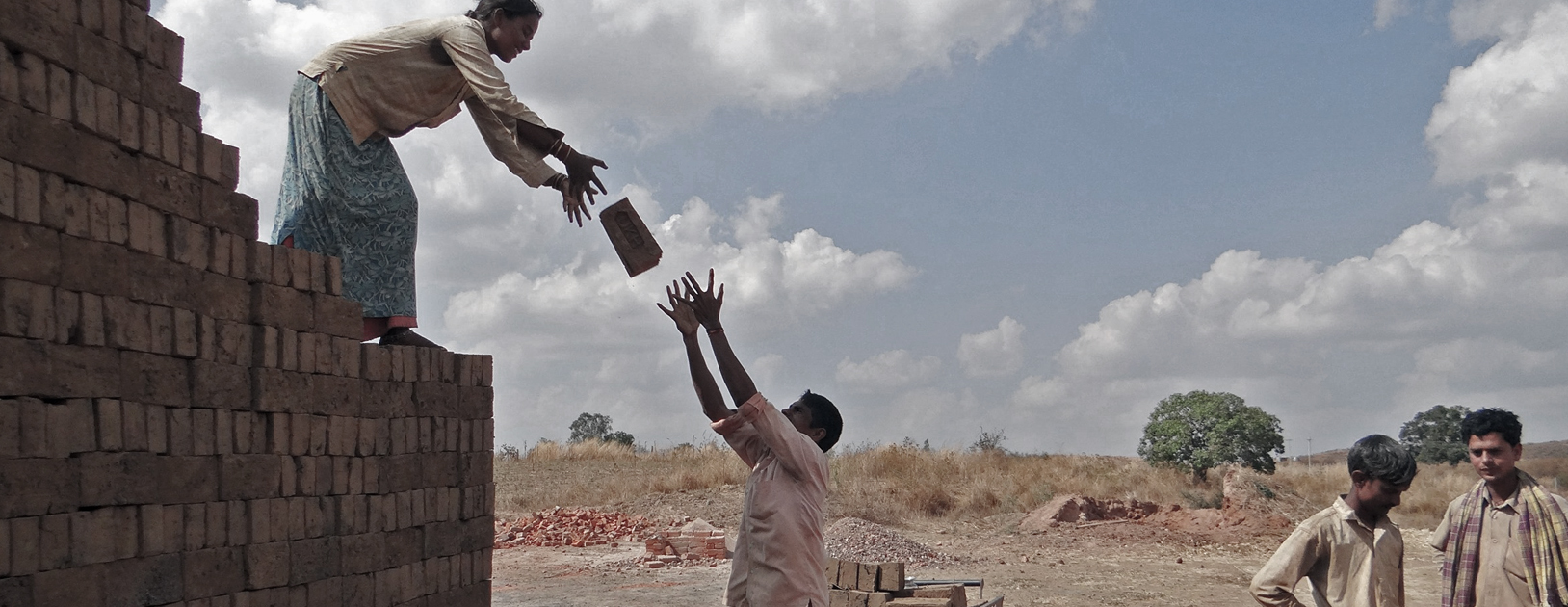
BY THE ACCOUNTABILITY INITIATIVE AT CPR
SANITATION SOCIAL SECTOR SCHEMES BUREAUCRACY
The Swachh Bharat Mission (Gramin) marked its third anniversary this year. With only two more years to go to meet targets, what are we seeing as priorities for the Mission? Have they changed?
Devashish: Let us state upfront that there are in fact two ways of discerning priorities. The first is what the officially stated government priority is – available through the programme norms and guidelines. But there is also the priority that gets translated on the ground – what has been carried forth by implementers based on their own capacity and understanding. There is often a significant gap between the two. The recently released, updated implementation guidelines indicate that the priorities of the mission are witnessing a forceful reorientation towards the initial ideal of a community-led, sustainable movement. These revisions also seem to address several of the concerns raised by media and civil society and signal the right intentions.
More specifically, the guidelines include detailed instructions on the monitoring and verification protocol, as well as administrative capacity issues like manpower and trainings. They are also more focussed on the sustainability of the ODF (Open Defecation Free) status beyond mission activities , such as, what is being called ODF ++; issues related to toilet technology; and the need for greater attention to behaviour change with interpersonal communication as a means of bridging the access usage gap.
These are not new focal areas but a more explicit statement of principles the mission has always espoused. That they are reinforced three years into the five-year mission period suggests that the Centre sees the gaps in the programme, and is urging mid-term course correction. However, in the context of the current push to meet targets within a specified deadline, unless we find ways to strengthen implementation, there is a danger that these guidelines and principles will dissipate as they travel along the bureaucratic channels to the ground.
The government has consistently maintained that the objective of the mission is not only construction but behaviour change. With seven states already declared ODF and others striving for the status, do we have data available on toilet usage?
Devashish: This is the biggest gap in the existing monitoring framework of the sanitation sector. As we mentioned last year, collecting usage data is complicated, and quantitative data in this regard is often unreliable. At present the NSSO (National Sample Survey Office at the Ministry of Statistics and Programme Implementation) is an important source of toilet usage numbers. However, their approach to capturing it is fraught with problems.
For example, the wording of the question itself is a concern. It asks whether ‘members are using latrine’. This comes across at once as leading and accusatory and is likely to bias the respondent into answering in the affirmative. Further, no attempt is made to talk to other members of the household and verify what the respondent answers on their behalf. As RICE institute also notes, how you ask the question, whom you ask, how many times you ask, all have implications on the answer. There are also seasonal variations – usage tends to change during the rainy seasons, for example. We ourselves faced this problem in our survey when we got different answers to the question – where do you normally go versus where did you go today!
Avani: The other, more current source of tracking usage is the Swachh Survekshan, conducted annually by the Quality Council of India on behalf of the central government. Here too, however, the same shortcomings can be noted. Their approach is even more curtailed and they only ask the respondent ‘does any member (of the household) defecate in the open sometimes?’
The implications of this approach are evident from numerous stories on the gaps between access and usage. The concern that ODF Panchayats are not truly ODF has been flagged by AI and others previously. Recognising this, the guidelines have laid out a detailed monitoring and verification process and need for continued engagement with ODF Panchayats and villages after declaration, rewards for Panchayats that perform well, and other measures to ensure that official declarations do not become an end in themselves. Moreover, this time the guidelines focus on the use of independent qualitative studies in order to ascertain the status of usage. This is definitely a positive step. More focus needs to be given to collecting regular, independent data through different methods on tracking usage and compliance to policy.
Then, what can be said of the status of toilets that have already been built?
Devashish: Aside from everything else, it is very clear is that toilet construction is happening on a massive scale. While the latest Swachh Survekshan found that 90% of toilets are being used regularly, other independent estimates tend to be more conservative. One also often finds ground reportage based on anecdotal evidence claiming that many toilets are unusable and employed for storage and other purposes. The truth is likely somewhere in between. Of the millions of toilets being constructed, many are likely being used and many are probably not. While one may argue about where this proportion lies, it is safe to say that the ODF states are not truly free of open defecation. It would be more accurate to say that they are relatively freer of open defecation than before.
Avani: While this sounds positive – it is also a cause for worry. We have seen this already happen in the push for school toilets and specifically girls’ toilets. A few years ago the government had launched a Swachh Vidyalaya campaign. All focus and attention was on meeting the target of 100% toilet construction in all schools in the country. On Independence Day 2015, one was greeted by a congratulatory message on the completion of the target of constructing over 4.15 lakh toilets in 2.61 lakh schools. Consequently, the focus shifted away from school toilets towards individual household toilets. However, a look at the data suggests a large number of schools still not having access to a functional, usable toilet. According to ASER 2016 (Annual Status of Education Report), more than 30% of schools did not have a functional and usable toilet. A recent survey we conducted in a district in Rajasthan in nine Panchayats also found a significant lack of usable toilets in public facilities.
The Swachh Bharat Mission has been critiqued for placing emphasis on toilet construction while not being able to adequately render other policy aspects such as awareness raising for toilet use. What is your understanding of the situation?
Devashish: ODF is possible only if each and every person uses a toilet, each and every day. However, given the difficulty in capturing and tracking usage, the current ODF declaration process equates construction and usage, implicitly presuming that all those who construct toilets also use them. Not only is this not a valid assumption, it necessitates that ODF declarations be based on the only available quantitative measure, namely SBM construction targets, which are outdated and an inexact estimate of the actual toilet needs. For example, if a Panchayat had a mandated target of a 100 toilets, they declare themselves ODF as soon as a 100 toilets are constructed. That this Panchayat might in fact need 150 toilets, or that only 50 of these constructed toilets are actually used, are not always considerations. There are several instances of Panchayats being hurriedly declared ODF, often in a matter of weeks, under top down pressure.
Avani: Just to add, it’s important to remember that ODF is a process not an end in itself. However, while the goalpost may have changed from toilet construction to ODF, the problem is that this message has not fully been translated to the ‘implementers’ on the ground. And that is where I even question the SBM Dashboard. We all know the saying that what gets measured gets done, and for anyone who has seen the MIS (Management Information System) dashboard – the thing that stands out is a ticker counting the number of toilets constructed. Ironically, the Ministry’s own SBM idea book states that ‘[The SBM] approach necessitates adoption of the right processes, an understanding of actual outcomes and ability to resist a target driven approach.’ I would much rather the SBM-Dashboard instead showcased actual success stories – of the champions and ideas and innovations that different administrators have used. There are plenty of those and those should be highlighted and celebrated, not just the toilets constructed. In the absence of that, the main focus which is meant to be on catalysing a community-led social reform movement will be at odds with the adopted approach of targets and strict timelines that are imposed in the current ‘mission mode’ of functioning. Mass reform to overturn an engrained social norm is unlikely to take place in this timeframe, and the beleaguered frontline bureaucrats are clearly aware of this. They have no resort therefore but to focus on hard numbers and enforced target completions because that is the only approach which will achieve what is being asked of them.
What are the challenges that you foresee for the Swachh Bharat Mission in the coming years?
Devashish and Avani: As the name indicates, Swachh Bharat is a mission mode programme, which in government parlance means that it is a high intensity, limited duration scheme meant to achieve a specific purpose, namely, ending the practice of defecating in the open.
It must also be recognised that this approach is inevitable not just in the sanitation space but across every major government programme in the current governance environment. The work of Profs. Pritchett et al. of Harvard University on government capability and success of large development programmes helps shed light on some of our systemic problems. They posit that a system with weak institutional capability (they characterise India’s institutions as being moderately capable) when pressed to reach unachievable goals, will find solace in ‘mimicry of form without substance’. In effect, top down, large scale, target driven programmes which do not account for local realities and ask ‘too much of too little, too soon’ will inevitably devolve into chasing nominal success indicators, focussing on tangible outputs rather than outcomes. The much lauded political will driving SBM, coupled with existing weak institutional capability, is leading to ‘premature loadbearing’, a breakdown of the intentions, and inability to escape this capability trap. Simply put, our systems are not robust enough to meet the objectives, and adding top-down pressure is counterproductive to say the least.
Swachh Bharat is not a typical scheme – and for measuring its success it can’t be treated as one either. Again quoting from the Ministry’s own Idea book, it states that SBM implementation requires a lot of ‘unlearning’. For administrators, the schematic implementation usually requires a blue print which needs to be followed often in a top down manner. There are checklists, reports, money, and beneficiaries. Swachh Bharat instead is a Jan Andolan – a movement that needs to be built through shared understanding and collective action. There are no beneficiaries but owners, no ‘right process’ but complete flexibility based on the ground situation. These are subtle changes in language between saying this is our target and let’s do anything and everything to achieve it versus if we want to become a country that practices safe sanitation to improve public health, what is the enabling environment needed for it.
Consequently, there are many challenges that are now emerging, some requiring immediate attention while others needing sustained efforts.
The first of these challenges is to ensure the veracity of the granted ODF status. It is important to ensure that the 2,73,315 villages declared ODF so far, and the others to come, are truly free of open defecation. This is essential because in a mission mode programme, the likelihood of continuing efforts towards an objective that has already been (even nominally) met is limited. Visits to ODF Panchayats make it evident that work does indeed stop cold as soon as the declaration is made.
Second, is a question of sustaining the ODF status once achieved. As we mentioned, freedom from open defecation must be seen as a process rather than a one-time outcome. Given the ultimate objective of reducing the morbidity burden of sanitation related diseases, it must be ensured that not only are ODF villages truly ODF but that they remain so.
Third, a significant challenge is that of ensuring consistent and sufficient water supply. Not only is lack of water found to be a barrier to toilet usage and maintenance, the implications on additional labour for women charged with carrying water are also a concern.
Finally, it is important to remember that Solid Liquid Waste and Faecal Sludge Management (FSM) are integral aspects of safe sanitation. While the SBM-Gramin guidelines speak about a twin pit toilet, which does not require emptying out of faecal sludge matter – for most households who can afford to build a toilet – the chosen method is a septic tank or a single pit toilet. The implications of this may not be visible today but it is a public health crisis in the making and thus must be addressed today.
In the absence of FSM services, there are only two possible outcomes of the exponential growth in toilets. The toilets will fill up in a few years and be rendered defunct, or our traditional FSM mechanism, namely manual scavenging, will be resorted to. Not only will this perpetuate an exploitative social system, but it will also give rise to a public health emergency. This might sound alarmist but this waste will, in the absence of alternatives, be disposed in open land or water sources, as it is today. Instead of disperse accumulation of faecal sludge over a period, we will find it being released in a concentrated form, reversing all the gains that the preceding years have seen.
There is no doubt that a true and complete Swachh Bharat is a challenge for a country like India. But for Swachh Bharat to succeed, we need to highlight its successes and but equally importantly discuss the constraints to ensure course correction. It is only then that we will be able to meet our goal.



